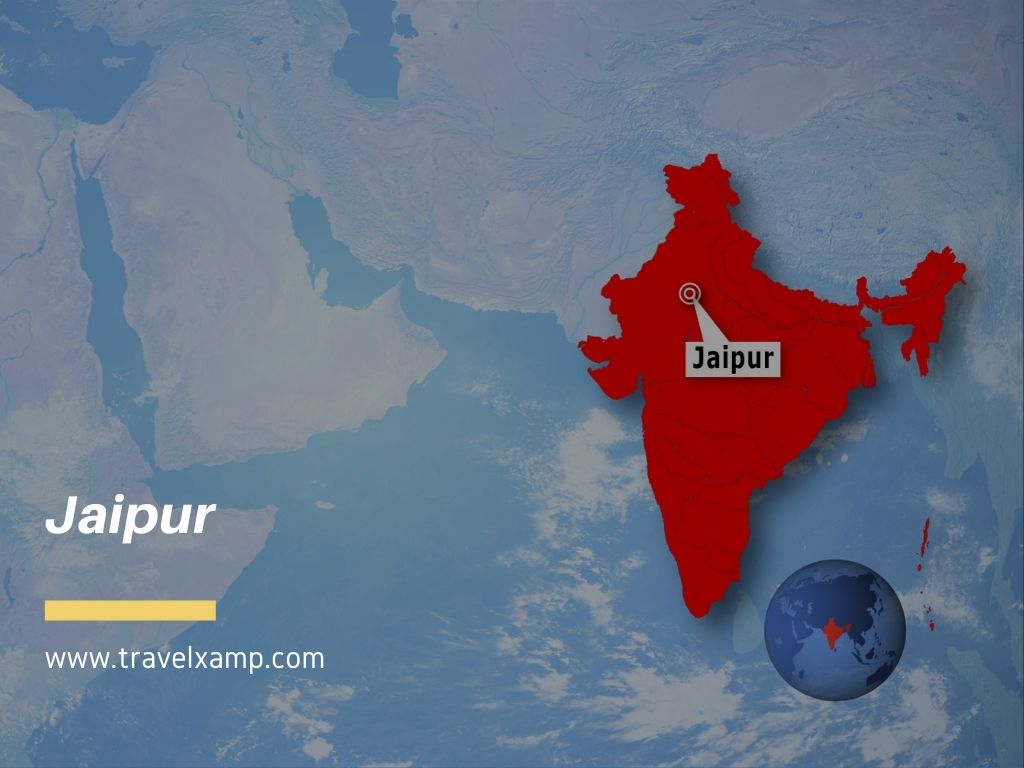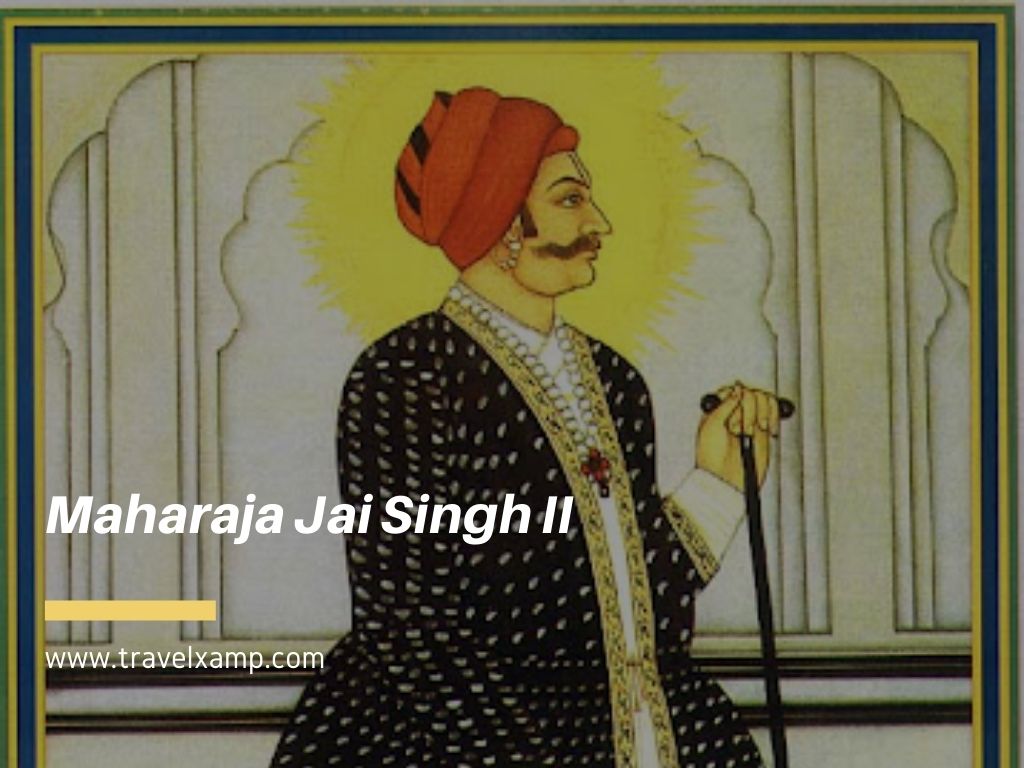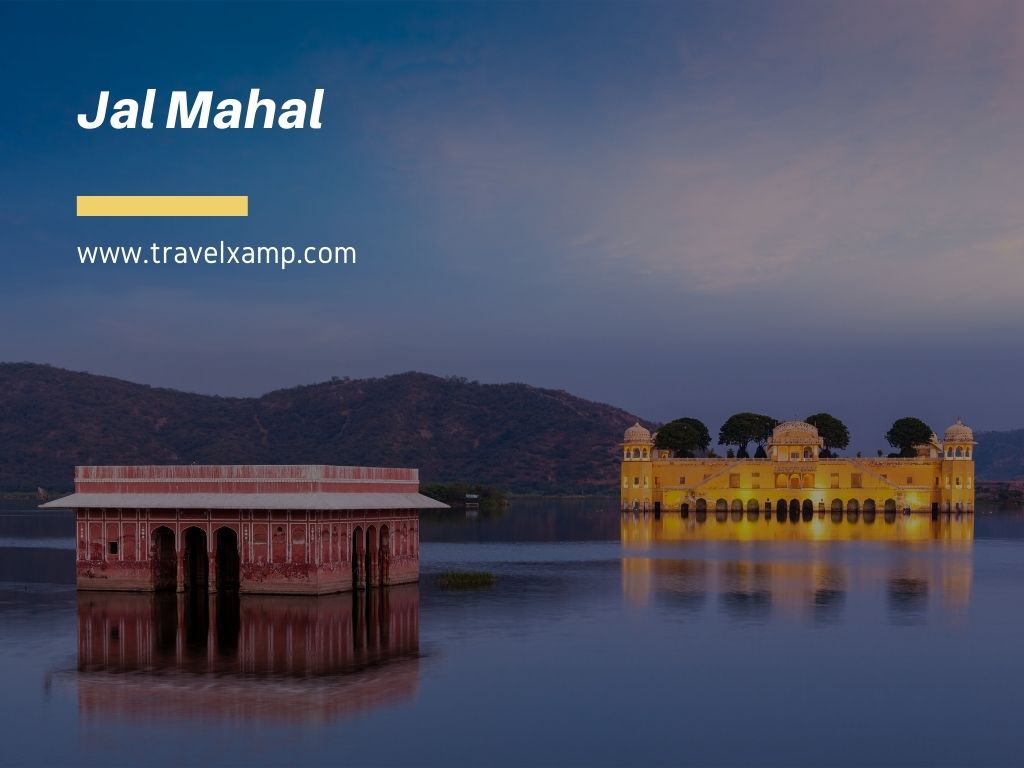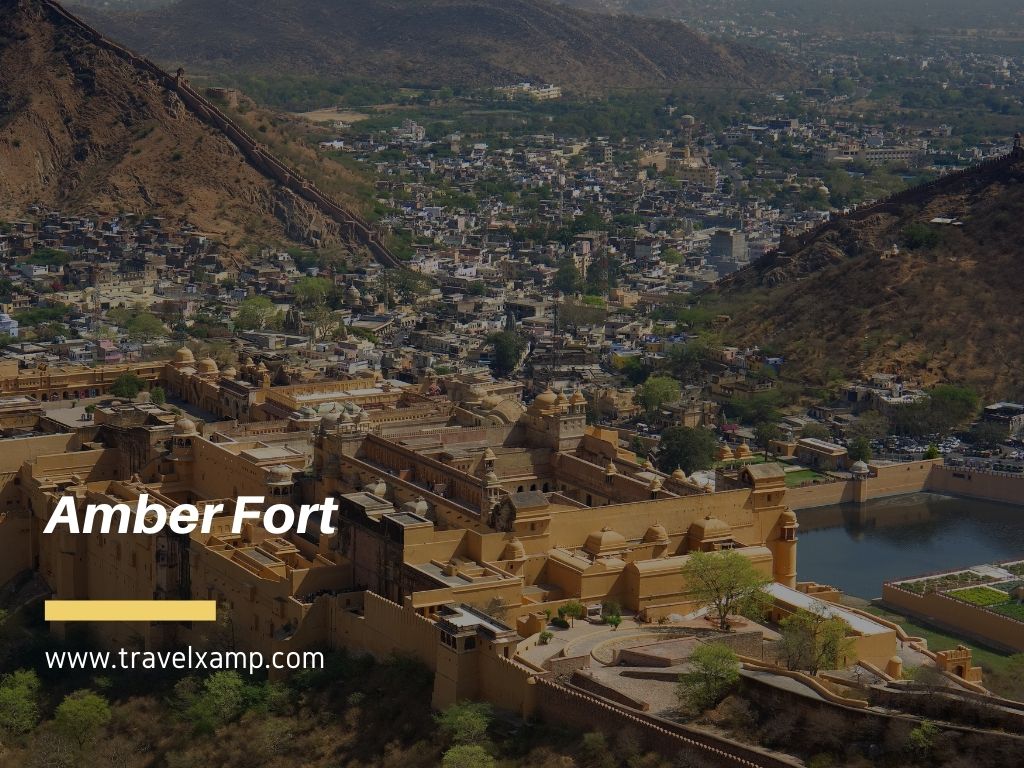Table of Contents
Are you a fan of majestic forts, royal palaces, and remarkable monuments?
If so, then the city of Jaipur will waste no time in stealing your heart!
Magnificent architecture, vibrant culture, imperial warmth, and delicious cuisine are some of the gracious joys that Jaipur offers to its visitors. Lovingly crowned as the ‘Pink City of India, Jaipur is a mesmerizing treat for sore eyes. As per tradition, the city is notorious for doing magic on tourists, casting them under a captivating spell of its beauty.
What makes Jaipur so special is that each sight has a story to tell, attached with memories that stay alive as the years go by.
Let’s have a glance at the unique details of Jaipur and find out why it is called the Pink City of India.
Overview
Jaipur is the earliest “planned” city of India in the modern era. The beautiful capital of Rajasthan is also the largest city of the state in Northwestern India. It is located at a distance of 268 km from New Delhi, the national capital.

The king had visualized Jaipur as a commercial trade centre and it is currently one of the most developed cities of the state. With businesses growing rapidly, the city’s tourism is a major contributor to its economic development. Hawa Mahal, Nahargarh Fort, City Palace, Amber Fort, etc are prominent among various tourist spots. Jaipur largely exports gold, stone jewellery and diamond in Asia. Art, culture, folk music and dance are widely celebrated. Various fun and exotic fairs and festivals remain active across the city. Famous ones include the Gangaur festival, Kite festival, Elephant Fair, Chaksu Fair, etc. The architecture of the pink city is famous globally for its intricate design and exquisite delicacy. The distinctively rich heritage has become a tradition throughout the ages. Even at present, Jaipur has consistently been a prime destination for tourists and travellers worldwide.
Brief History
❝ Jaipur is the finest jewelry ever created on earth, where king was the jeweler and bricks his gems.❞
— Vinita Kinra

Maharaja Sawai Jai Singh II founded Jaipur on 18th November 1727. As a Kachwaha Rajput, the king reigned from 1699-1744. His former capital was 11 km away from Jaipur in Amber City. He needed to shift due to the water scarcity and increasing population.
The credit of Jaipur’s rich heritage goes to the king who had a huge role in designing the city. He referred to several architectural books and consulted various architects before constructing the layout. His interest in Mathematics and Science inclined him to consult Vidyadhar Bhattacharya, a Brahmin scholar, and a Bengali architect.
Reference of books on ancient astronomy, Ptolemy, and Euclid helped the scholar assist the king. He wanted the construction to follow the traditional Rajput design. Starting in 1727, it took 4 years to complete the main palaces, roads, and streets. ‘Shilpa Shastra’, the science of Indian Architecture, inspired the infrastructure of the city along with an immense touch of modernization.
The beauty of Jaipur is eminent worldwide, inviting various tourists to witness its attractive charm.
Why Pink City?
Jaipur is a blushing bride draped in pink, dancing in our dreams while the peacocks sing.
— Vinita Kinra
Jaipur always greets tourists with its vibrant and mysterious pink glory. Numerous grand buildings, majestic forts, and palaces of the city adorn a blushed amber and pinkish hue. It is no wonder why tourists, residents, and travellers warmly refer to it as the ‘Pink City’ of India. However, it wasn’t like this before. It turns out there is a unique story to the mystery of the pink city.

Popular history tells us that when the Prince of Wales, Albert (Edward VII), visited Jaipur in 1876, Maharaja Jai Singh II took on a mission to amaze him with a grand welcome. Just like we beautify our homes before the visit of an important guest, the king of Jaipur did the same to impress the monarch. The only difference is that he did it more lavishly than we ever could. The colour pink denotes hospitality and seemed to be an appropriate shade against the sandstone walls of Jaipur. The king got the entire city to be painted in a pink terracotta colour to honour the royal guest.
The Mahals, Havelis, and Temples were coated in an elegant pink shade that effortlessly complimented their walls. This marked the birth of a tradition that would be followed for the ages to come. Maharaja Jai II also constructed a lavish concert hall and honoured it in the name of the prince. The Albert hall remains one of the popular tourist stops of the city. With these delightful gestures, the king kept alive the spirits of the phrase पधारो म्हारे देश (Padharo Mahrey Desh).
The term ‘pink city’ often finds itself under the spotlight of admiration, affection and attention. Jaipur is baptised with the nickname by citizens, reporters, and tourists. It is so commonly used, that it fits the city like a glove. Pink does not stay limited to the colour of the paint smeared across the walls of Jaipur. It has bloomed in grace and evolved to form its own identity. Jaipur’s pink signifies the generosity and courteous nature of the people, adding immense pride to the city.
Legacy of Jaipur’s Pink
Why does Jaipur still maintain the pink colour?
Apparently, Maharaja Jai Singh’s favourite wife loved the colour so much that she urged her husband to pass a law, making it illegal to paint buildings in any other colour. In her favour, the king made a rule in 1877, compelling people to maintain the legacy. Over the years, the citizens and residents grew fond of the colour and followed the pink tradition earnestly. Except a few, most of Jaipur’s infrastructure proudly carries on the rosy, dawn-tinted heritage ahead.

Prior to the visit of the royal guest, Jaipur’s buildings were pale yellow or white in colour. Produced from a calcium oxide compound, the pink paint is durable amidst Jaipur’s arid weather conditions. Oddly the paint’s appeal doesn’t diminish as it ages and fades away. Jaipur’s pinkish atmosphere has an astonishing aura. Blessed with iconic architecture, and lively culture, Jaipur never fails to attract tourists from all over the world.
Interesting Facts Of The Pink City
1) Pink City by Night Package
In 2019, The Rajasthan Tourism Development Corporation (RTDC) introduced a new ‘Pink City by Night’ tour packages that allow visitors to witness the beautiful heritage sites at night. This was an effort to promote night tourism in Jaipur. It is a pleasure for night owls and history lovers.
2) Certified as a World Heritage site by UNESCO
Jaipur, ”The Pink City Of India”, added another reward to its name by making it to the list of UNESCO World Heritage Sites. Inscribed on 6th July 2019, the decision took place in the 43rd meeting of the UNESCO World Heritage Committee. The nomination was for the remarkable development in town planning and architecture during the late medieval period.
3) A Real 2300 years old Egyptian Mummy
The Albert Hall of Jaipur exhibits to its visitors a real Egyptian mummy. Belonging to a woman named Tutu, it is approximately 2300 years and dates back to Egypt’s Ptolemaic period. Known as the “Jaipur mummy”, it came from Cairo 130 years ago and is one of the only six in India.
4) Largest Free Literary festival every year
Jaipur holds the largest free literary festival called ‘Jaipur Literature Festival‘ every year for free. The event is an exciting treat for writers, poets, novelists and literature lovers. Its fame has increased over the years, attracting artists from various fields. Discussions, debate competitions, dances, etc. makes the occasion even more fun. The festival serves to be a perfect occasion for artists to engage and inspire each other through art.
I hope, you find this article informative. Keep reading, keep exploring.
(Travel Xamp is now on Telegram. Join our Telegram by clicking here to get all the travel hacks, destinations, blogs, and travel news for free!)
